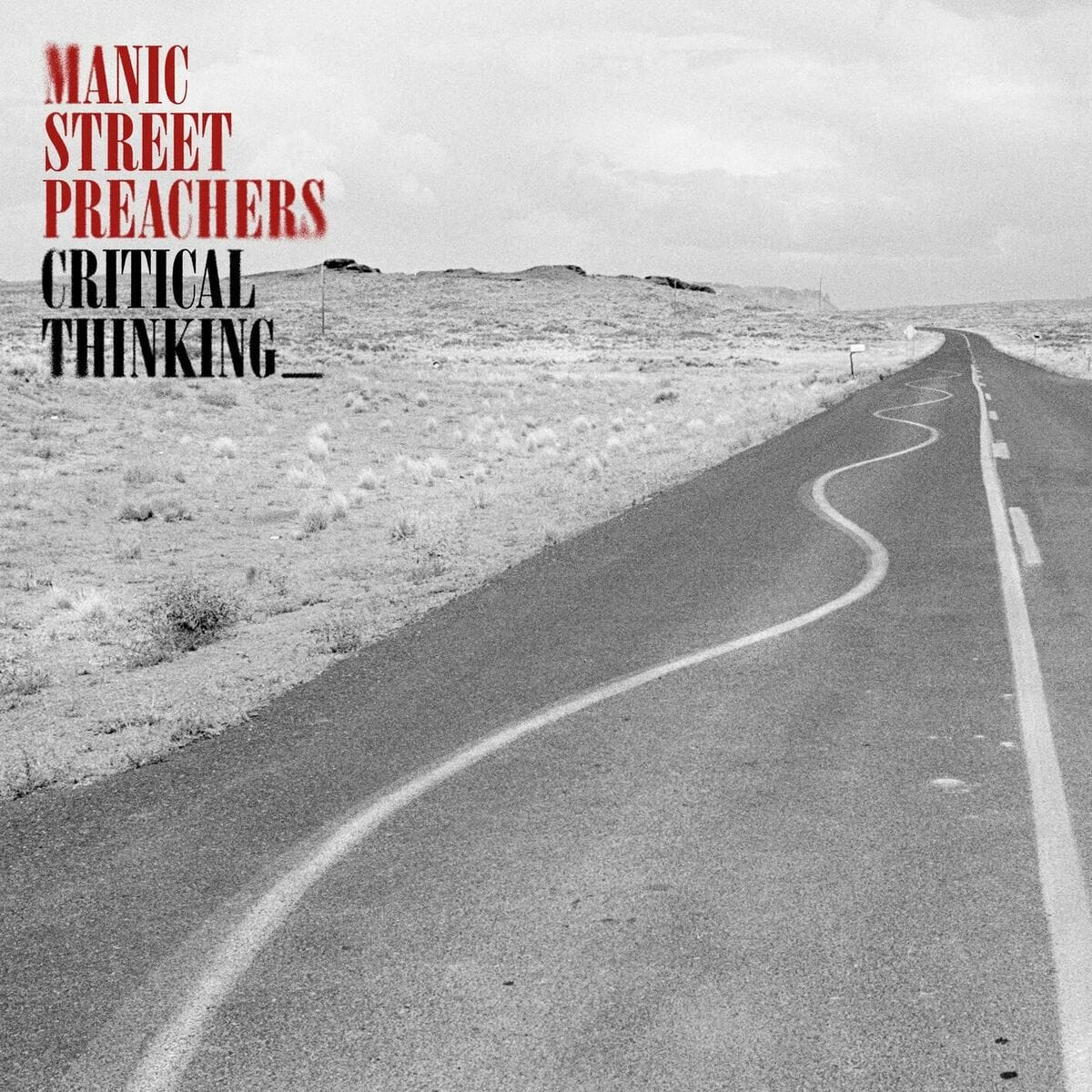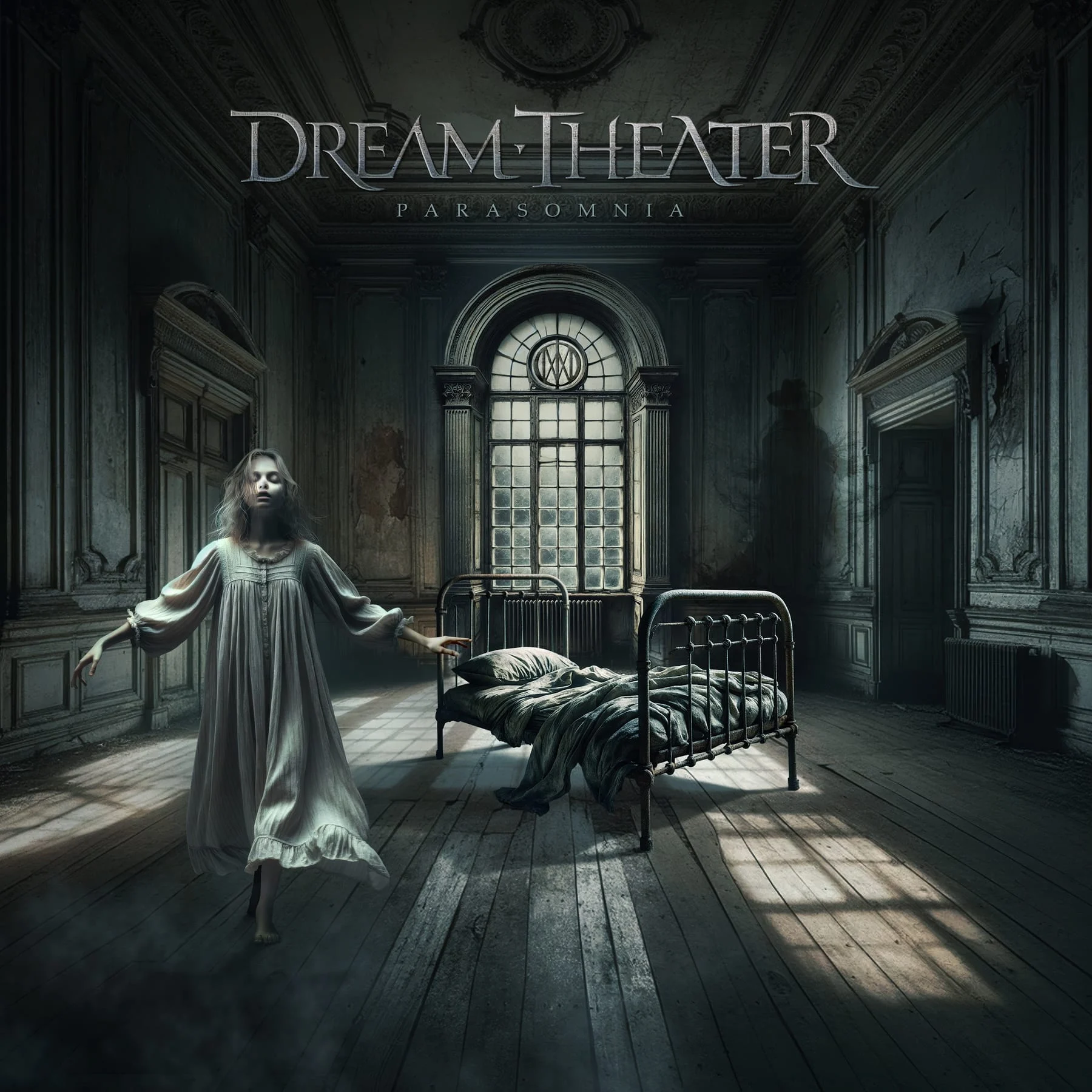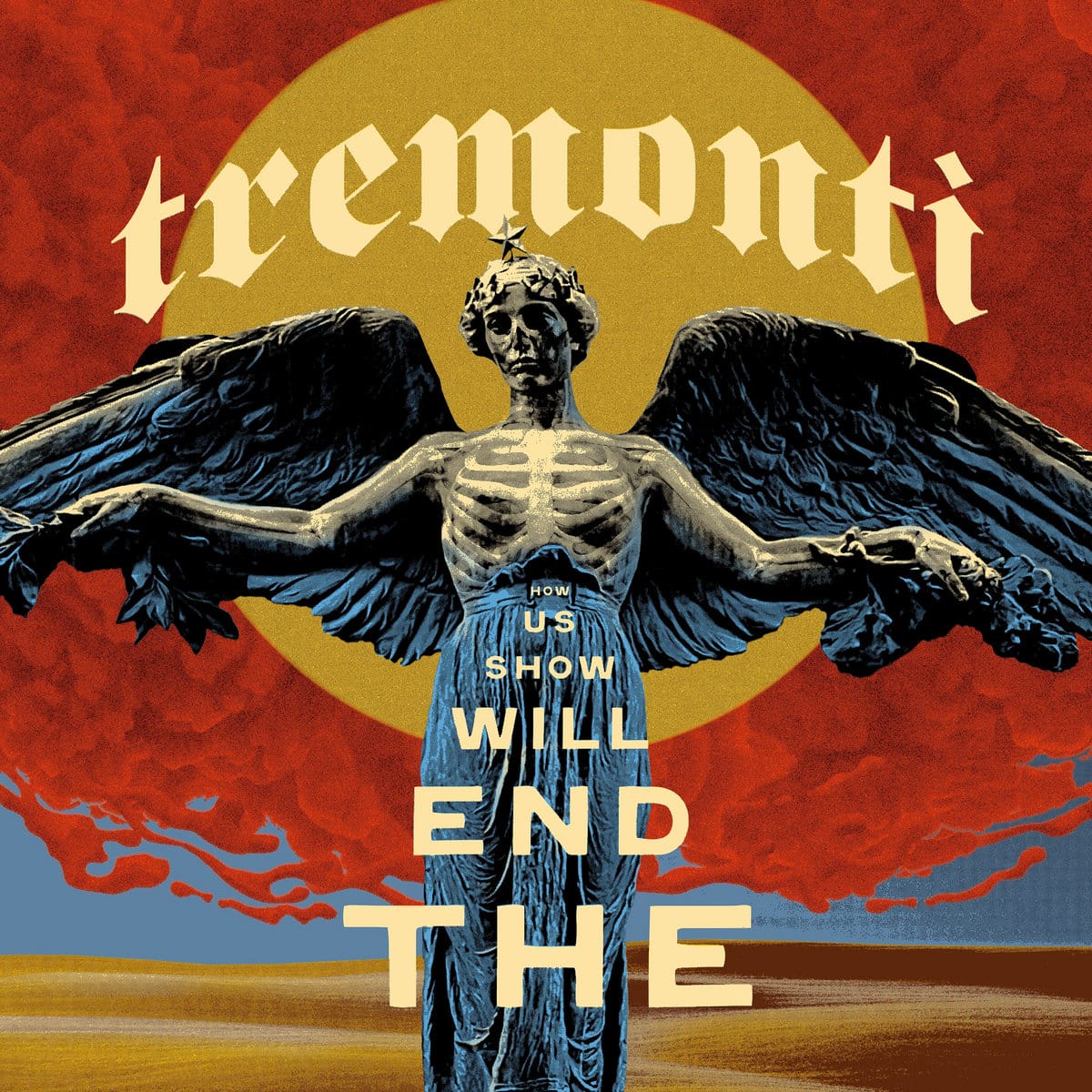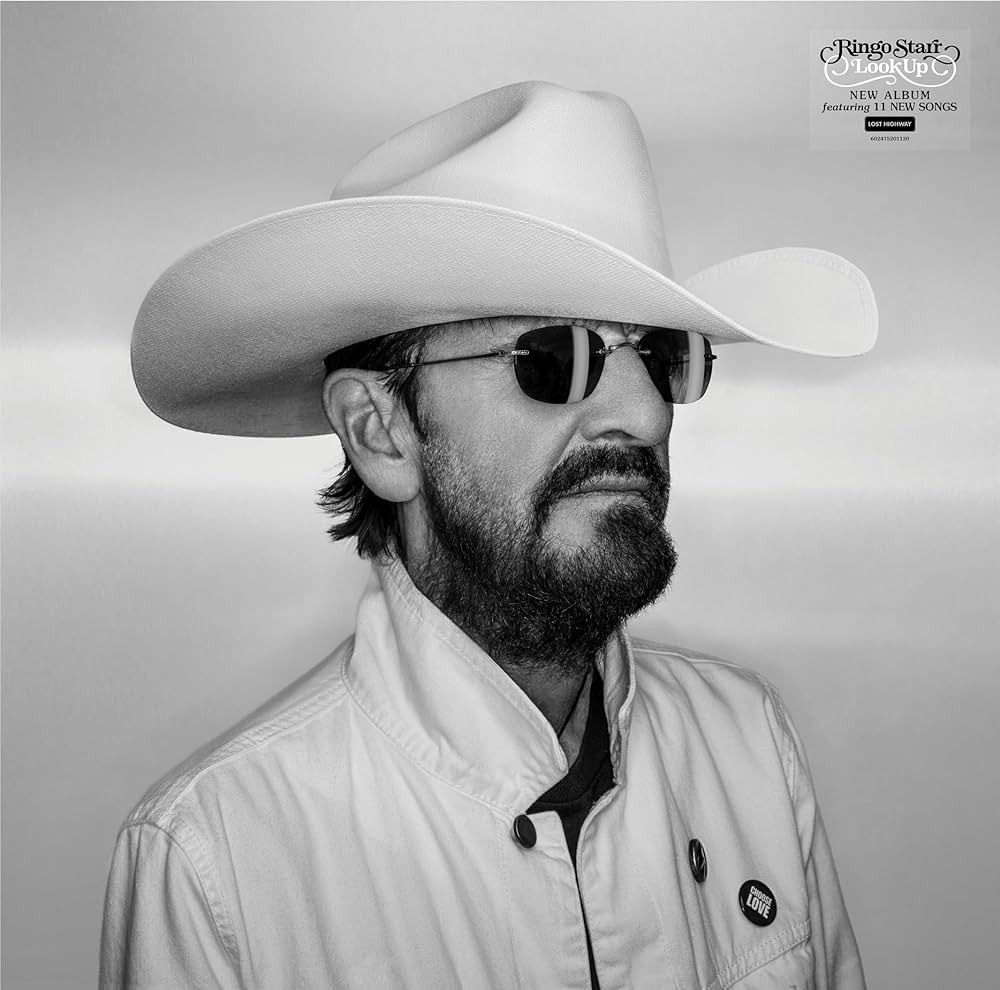Deep Purple returns with a new album titled =1, released in July of this year. Produced by Bob Ezrin, it stands out as the first album recorded with Simon McBride, the guitarist who replaced Steve Morse, who had been with Purple from 1994 until 2022—nearly three decades.

It’s interesting to observe how McBride’s presence influences the band’s music. In my opinion, it’s a positive change, perhaps revitalizing them. There comes a point when many older bands start to sound generic, as if they’re playing the same song over and over or covering themselves; like a generalized idea of how they should sound.
What’s the line that separates older bands who are masters of their craft from those who are stuck and sound unoriginal and repetitive? Maybe the fans can answer that.
Deep Purple certainly has its established fan base. At this stage in their career, which began in 1968, any new release is unlikely to affect their legendary legacy. Perhaps each new album is just an excuse to tour. They may never surpass their best albums, but that’s probably unnecessary, and no one is really expecting it.
That said, does =1 have the “Purple” sound? For the most part, yes: rock riffs, plenty of distorted and percussive organ, pentatonic sound, and swinging drum rhythms. Musically, while there’s nothing particularly new, the band is giving it their all, especially the new guitarist, who might be the one pushing them forward. His style fits perfectly with the group, complementing them without trying to be the main star.
At times, the music is entertaining, though, honestly, it doesn’t always captivate me. The guitar might be the best part of the album. When the band deliberately channels their classic Purple sound, that’s when they excite me the most, though, to be honest, I don’t hear much difference between the songs. They all sound quite similar. The band doesn’t seem to be deliberately trying to break out of their established mold. In this sense, the only tracks that stand out are If I Were You and I’ll Catch You, ballads that, while maintaining the album’s overall style, at least slow things down a bit.
Where the band’s age shows the most is through the vocalist, Ian Gillan, who at 78 sounds very inconsistent, as one might expect. Sometimes he even sounds pretty bad. Most of the time, he’s passable, though occasionally I wish he would just stay quiet, to be honest. Occasionally, he sounds really good, as on Lazy Sod, the album’s first single, but that’s not always the case in the rest of the songs.
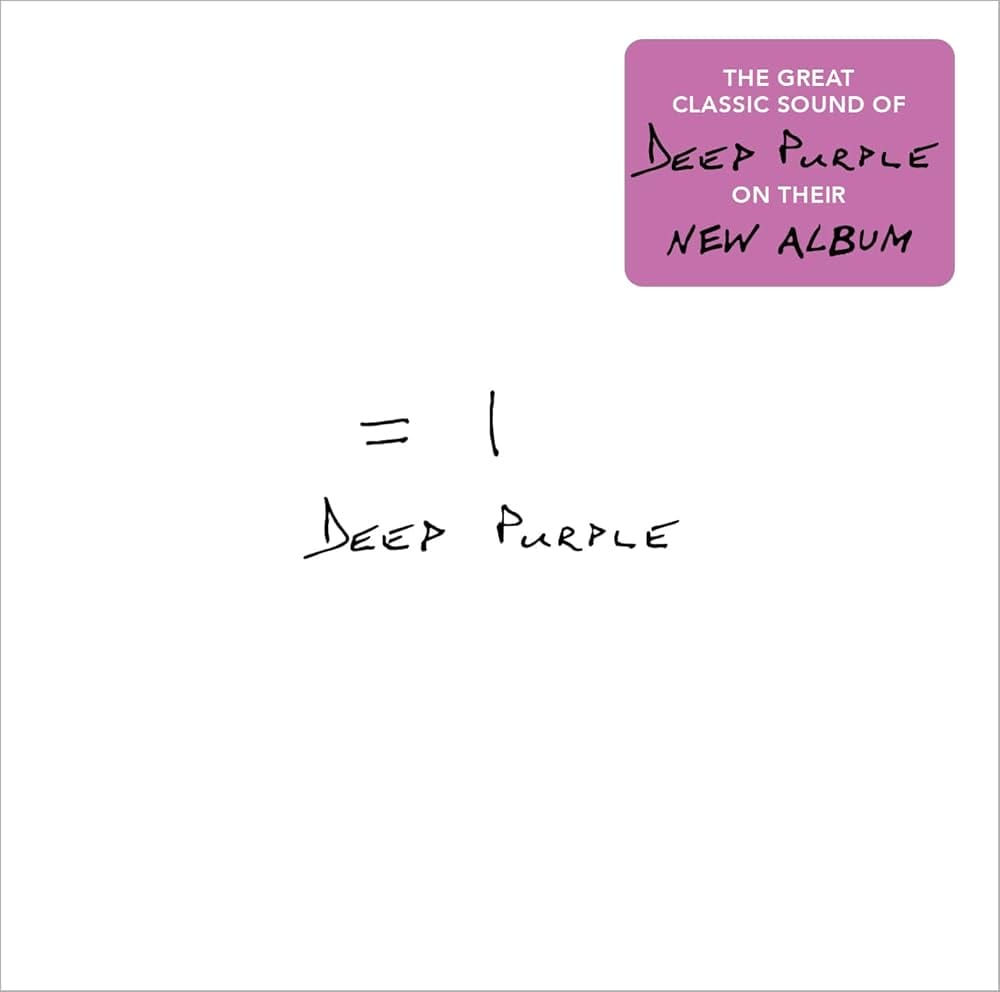
Some of my favorite tracks:
Portable Door: This feels like essential Purple. The beginning is rocking and intense. The riff in the verses is highly reminiscent of their ’70s albums. Gillan sounds great here. It’s a song that moves me emotionally. Excellent solos, especially the organ solo. They build tension and release it in a very satisfying way. Anyone who hears this song won’t be able to mistake the band.
Old-Fangled Teeth: It starts with a fun shuffle rhythm, in full swing. A sound that extends throughout the song, which could almost be mistaken for jazz with its walking bass line, if not for its deliberate rock sound. In the middle of the song, typical Purple organ riffs appear, very interesting. Thanks to the surprising instrumental sections, it’s quite an entertaining track.
Lazy Sod: I have to say I love this song. It’s no surprise it was chosen to represent the album initially. The band gallops along with a Purple sound that doesn’t disappoint. Gillan sounds excellent. It’s a really good song that moves me, and I feel like listening to it over and over again. Great guitar and organ solos.
Now You’re Talkin’: Another track that reminds me a lot of their classic sound. Think Highway Star, with its fast pace, though never reaching the same intensity. But still, when you hear it, there’s no doubt about who the band is. This song is one of the highlights of =1. Excellent melodic guitar parts.
Bleeding Obvious: The last track on the album is one of the best in the collection. It mixes the typical sound of the album with more diversity, musicality, and creativity. I wish the rest of the album had leaned more in this direction.
=1 is an album that, while not essential in my view, I recommend to all the band’s fans or even to classic rock enthusiasts curious about what Deep Purple is doing today. That this album exists at all is perhaps a bit of a miracle, given the band’s venerable age, and while they may not have the same energy they had in their best years, it’s clear they still have plenty of enthusiasm, and no one knows how to make the Purple sound better than they do.


